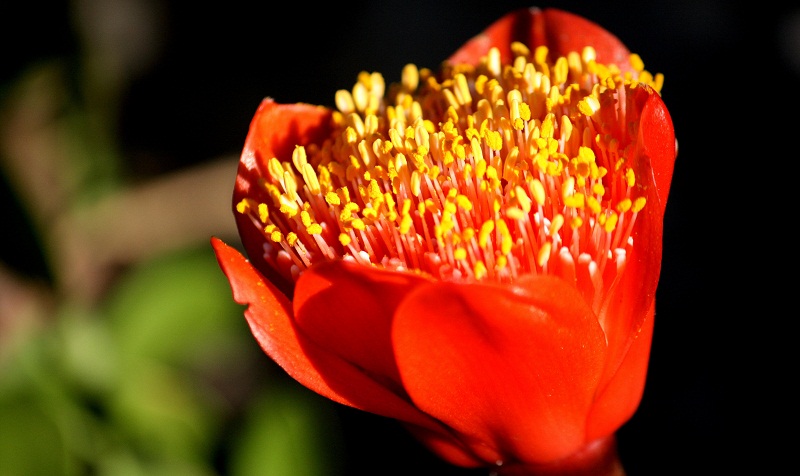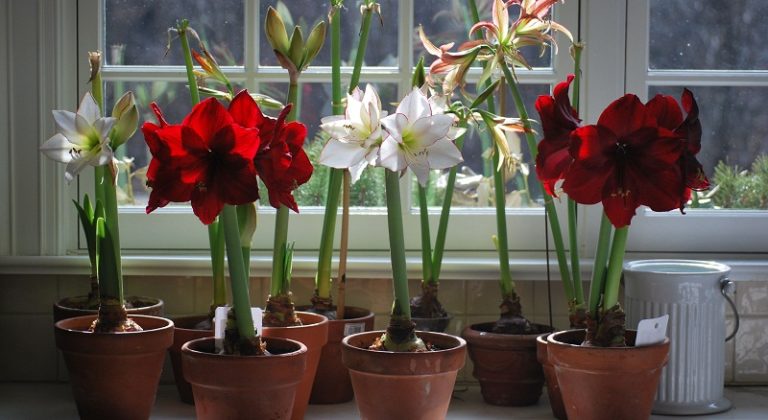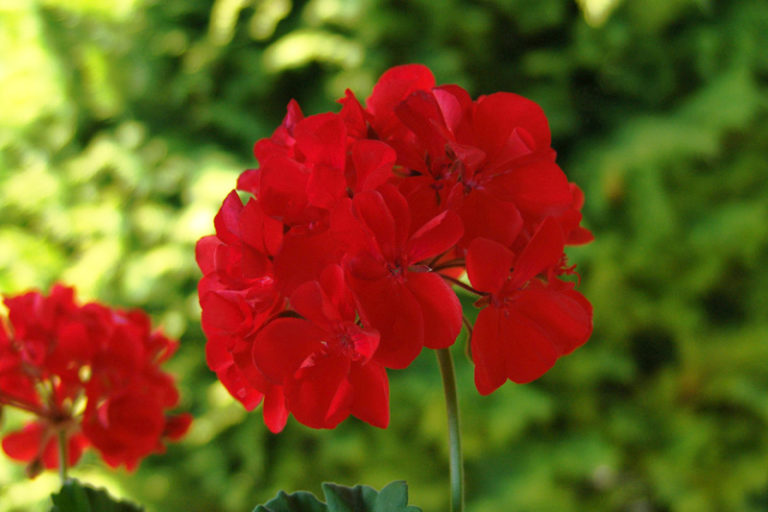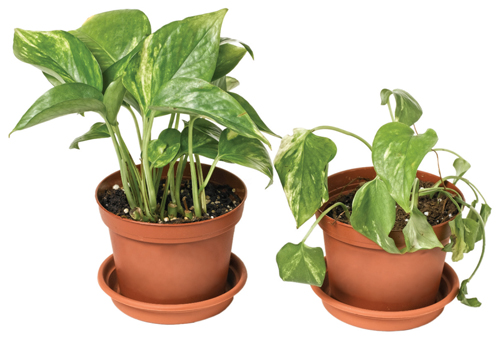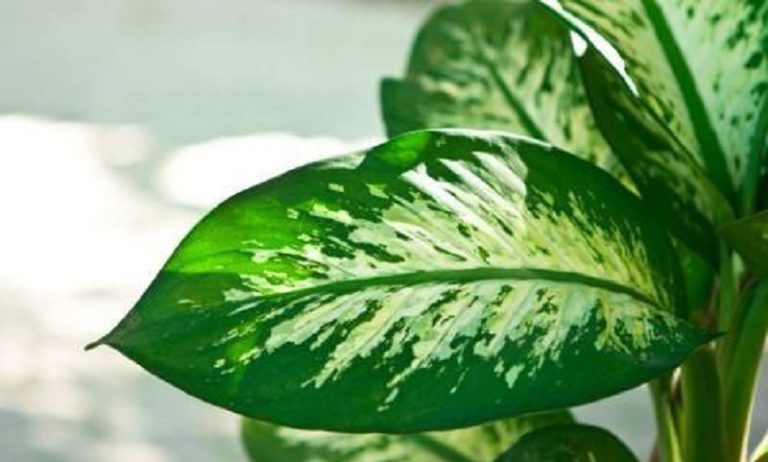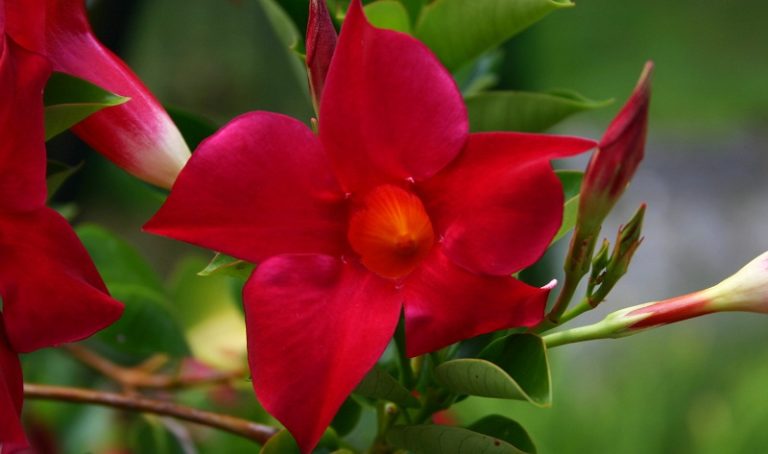Hemanthus: care
Hemanthus is a bulbous plant with thick, leathery, elongated leaves, belonging to the amaryllis family. During flowering, hemanthus produces a strong pedicel, on which unusual flowers bloom. Hemanthus inflorescence – similar to a large spherical dandelion, the flower reaches up to 20 cm in diameter, consisting of many small red, white or orange flowers with long stamens. Often the inflorescences are surrounded by several large bracts of the same color. The hemanthus flower has a peculiar smell.

In their natural environment, hemanthus flowers grow on the slopes of mountains and in the rainforests of South Africa.
Types of hemanthus
Hemanthus that are adapted to growing indoors: Hemanthus kathrianae, Hemanthus albiflos.Hemanthus kathrianae is a plant with a bulb measuring 6-8 cm, a stem up to 15 cm high, in the upper part of which there are 5 leaves up to 30 cm long. Every year in July-August, red inflorescences appear.
Hemanthus albiflos – this species has a bulb with coarse scales, coarse leaves appear at the same time as the pedicel. At the end of summer, a dense round inflorescence appears on the peduncle(up to 20 cm), the flowers are white, small, with white stamens at the end of which there are yellow pollinators surrounded by greenish-white bracts.
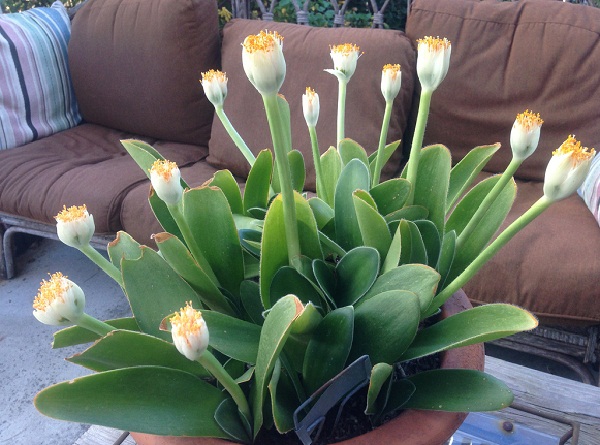
Hemanthus care
Hemanthus is considered an unpretentious plant and does not require special growing conditions.
Light brightness and air temperature for hemanthus
Hemanthus needs bright lighting, but is afraid of direct sunlight. Hemanthus needs a normal room temperature (+18-+20°C), but not lower than +10°C.
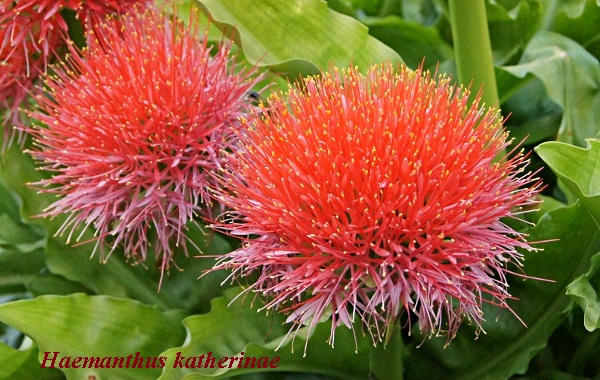
Watering and humidity for hemanthus
During the period of active growth, hemanthus should be watered often (March-September), but not overflowed, pour out excess water from the plate. Before the next watering, the top layer of the earthen coma of the hemanthus should dry out. Medium humidity is suitable for hemanthus, it is unnecessary to spray the plant, from time to time the leaves should be wiped with a damp cloth from dust. In winter, watering is reduced for evergreen species of hemanthus.
Fertilizer for hemanthus
It is necessary to feed the hemanthus during the period of active growth 1 time in 16 days with a complex mineral fertilizer for flowering plants.
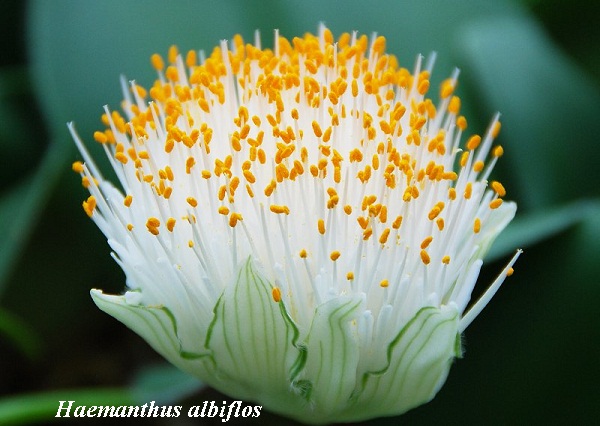
Hemanthus transplant
You need to transplant hemanthus in the spring every 4-5 years. Hemanthus is transplanted into a wide pot, drainage is placed on the bottom. When planting a hemanthus bulb in the ground, you need to remember that the bulb is buried by half or 2/3 of the height. The composition of the soil should include sod, leafy soil, with the addition of peat and coarse sand (2:2:1:1).
Watch the video about indoor violet. Violet flowers are multi-colored, simple, double, wavy with a diameter of 2 to 4 cm.
Dormant period in hemanthus
In some species of hemanthus, a pronounced dormant period (all leaves dry up) and it lasts from October to February. At the beginning of the dormant period(September) watering should be reduced, the leaves of the hemanthus begin to dry out, over time they are removed. During this period, the bulbs are kept at a temperature of 12-15 degrees in slightly moist soil and a dark place. And in February, the pot with the bulb is transferred to a brighter and warmer place, transplanted into fresh groot, or the top layer is replaced with a new one and watering is increased.
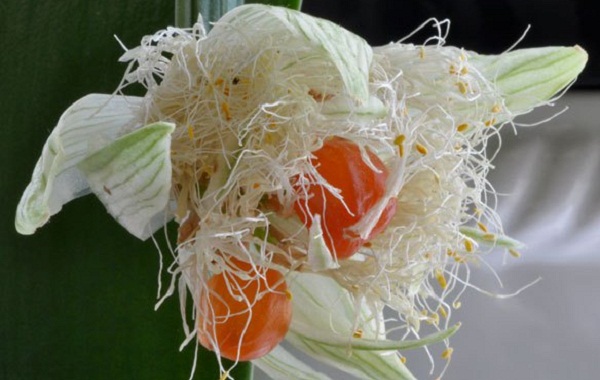
Reproduction of hematnus
Most often, hemanthus is propagated by bulbous babies, which are separated during transplantation, as well as seeds. Hemanthus albiflos can also be propagated as part of the leaf. Plants grown from baby bulbs and leaf cuttings will bloom in 3-4 years, and from seeds – in 5-6 years.
Diseases and pests
Pests attack hemanthus very rarely. Diseases appear with improper care, especially when the plant is transfused.

